
Ντόναλντ, οι βόρειες ΗΠΑ λέγονται «Καναδάς» και οι νότιες «Μεξικό»! Just do it!
ΣΥΜΒΑΙΝΕΙ ΤΩΡΑ
-
Μεγάλη πυρκαγιά στο Πέραμα από διαρροή σε δεξαμενή καυσίμων
-
Στην Καμτσάτκα της ρωσικής Άπω Ανατολής κατεβαίνουν από τον 6ο όροφο με… έλκηθρο! (βίντεο)
-
Άγιος Παντελεήμονας: Συνελήφθησαν τέσσερα άτομα για απάτες – Κατασχέθηκαν πάνω από 38.000 ευρώ και κοσμήματα
-
Βίντεο: Η τραγική κατάσταση του κέντρου της Αθήνας
-
Ε.Μακρόν: «Η Γροιλανδία δεν είναι μόνο έδαφος της Δανίας αλλά και της ΕΕ και θα την υπερασπιστούμε»!
-
Αυτή είναι η τυχερή μέρα του κάθε ζωδίου για το 2026
-
Έχετε αναρωτηθεί; – Να γιατί το σεξ είναι… καλύτερο στο δωμάτιο ενός ξενοδοχείου
-
Επίθεση Α.Τσίπρα σε «κόμμα Τεμπών»: «Δεν χρειαζόμαστε δύναμη διαμαρτυρίας»
-
Σε τέσσερις ληστείες συμμετείχε το γνωστό μοντέλο που ήταν μέλος συμμορίας και συνελήφθη από την ΕΛ.ΑΣ.
-
Άφαντα τα κοσμήματα που κλάπηκαν από το μουσείο του Λούβρου – «Δεν έφυγαν από τη Γαλλία»
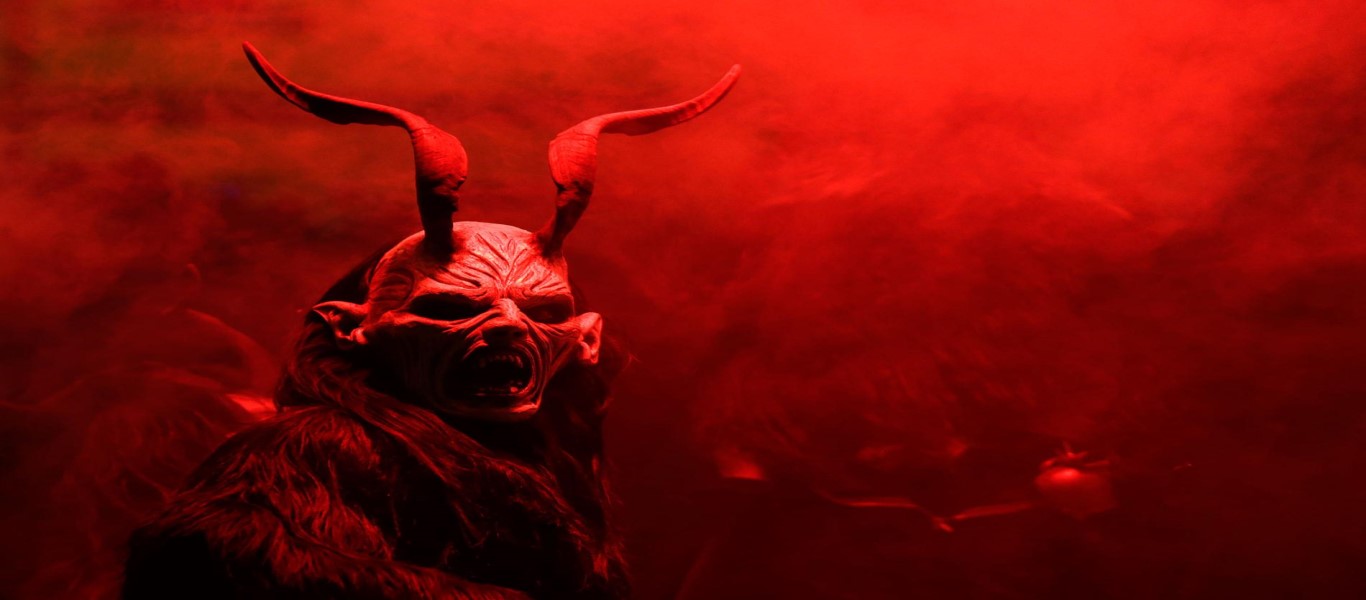
Σε χώρες της Κεντρικής και Ανατολικής Ευρώπης, τα Χριστούγεννα δεν έρχονται μόνο με τον Άγιο Βασίλη, αλλά και με τον Κράμπους (Krampus), ένα φρικτό τέρας που είναι ακριβώς το αντίθ4ετο του Αγίου Νικολάου και αντί να δώσει δώρα στα καλά παιδιά, ο Κράμπους αρπάζει τα κακά.
Το τελευταίο Σαββάτο του Νοεμβρίου, στο χωριό Kaplice στην Τσεχία γιόρτασε ακριβώς αυτήν την έλευση του τέρατος με την παρέλαση ανθρώπων μεταμφιεσμένων ως Κράμπους!
Αυτές οι γιορτές και τα φεστιβάλ για τον Κράμπους γιορτάζονται εδώ και πολλά χρόνια στο Τιρόλο της Αυστρίας. Εδώ όμως και καιρό γίνεται όλο και πιοπ δημοφιλές στην Τσεχική Δημοκρατία.
Σύμφωνα με την παράδοση το τέρας κρατάει στα χέρια του ένα μπαστούνι και χτυπάει τα άτακτα παιδιά. Σε ένα φεστιβάλ στην Αυστρία ξέφυγαν όμως λιγάκι, όταν ένας από τους μεταμφιεσμένους άρχισε να κτυπά τους ανθρώπους με τα μπαστούνια. Πέντε έφηβοι τραυματίστηκαν, ευτυχώς ελαφρά.
Οι στολές των μεταμφιεσμένων είναι αρκετά περίπλοκες. Φτιάχνονται από κατσικίσιο ή αρνίσιο δέρμα, και φορούν μεγάλα κουδούνια που κρέμονται από τη μέση τους, κάτι που θυμίζει αρκετά και τους δικούς μας «Κουδουνάδες» και το έθιμο του Κλείδωνα.
Το έθιμο έχει τις ρίζες στην αρχαία παράδοση και μυθολογία της Γερμανίας και των βορείων λαών της Ευρώπης, όπου ο Κράμπους -από την γερμανική λέξη krampen, που θα πει «δαγκάνα»- ήταν αρχικά ένας από τους γιους της Hel, της σκοτεινής θεότητας του κάτω κόσμου.
Το έθιμο έχει τις ρίζες στην αρχαία παράδοση και μυθολογία της Γερμανίας και των βορείων λαών της Ευρώπης, όπου ο Κράμπους -από την γερμανική λέξη krampen, που θα πει «δαγκάνα»- ήταν αρχικά ένας από τους γιους της Hel, της σκοτεινής θεότητας του κάτω κόσμου.


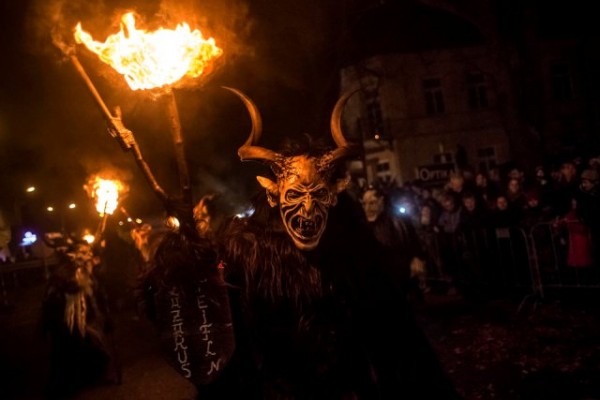
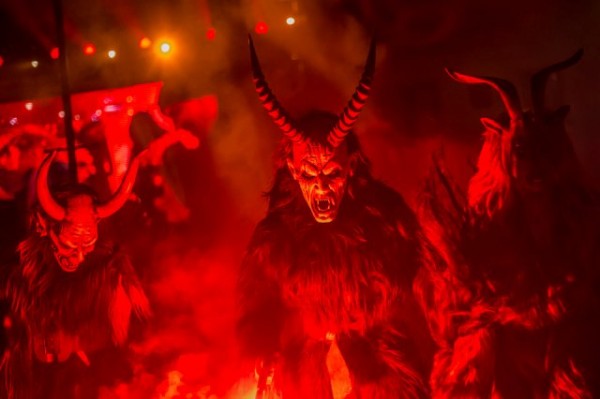
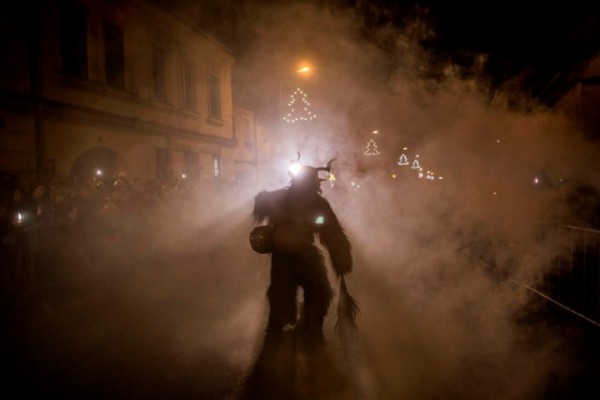
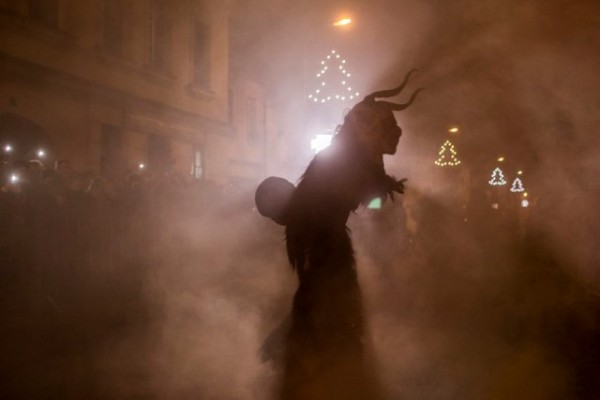
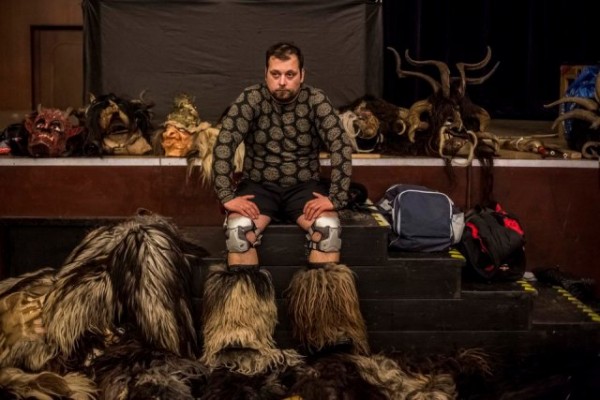






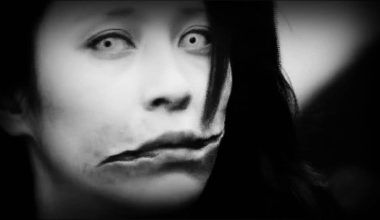


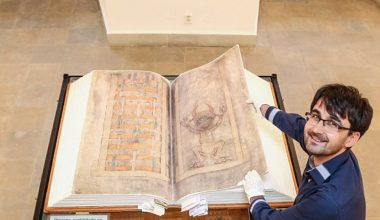


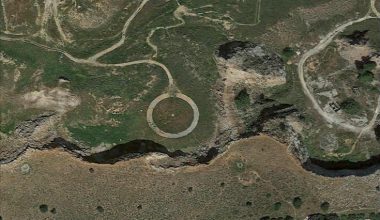
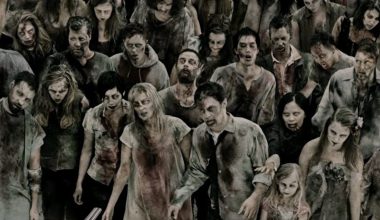
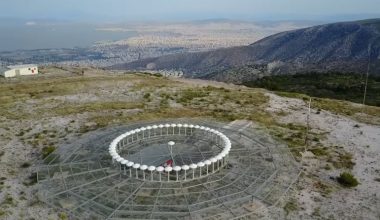















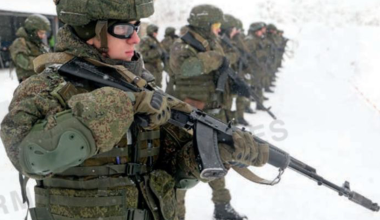

Tο pronews.gr δημοσιεύει κάθε σχόλιο το οποίο είναι σχετικό με το θέμα στο οποίο αναφέρεται το άρθρο. Ο καθένας έχει το δικαίωμα να εκφράζει ελεύθερα τις απόψεις του. Ωστόσο, αυτό δεν σημαίνει ότι υιοθετούμε τις απόψεις αυτές και διατηρούμε το δικαίωμα να μην δημοσιεύουμε συκοφαντικά ή υβριστικά σχόλια όπου τα εντοπίζουμε. Σε κάθε περίπτωση ο καθένας φέρει την ευθύνη των όσων γράφει και το pronews.gr ουδεμία νομική ή άλλα ευθύνη φέρει.
Δικαίωμα συμμετοχής στη συζήτηση έχουν μόνο όσοι έχουν επιβεβαιώσει το email τους στην υπηρεσία disqus. Εάν δεν έχετε ήδη επιβεβαιώσει το email σας, μπορείτε να ζητήσετε να σας αποσταλεί νέο email επιβεβαίωσης από το disqus.com
Όποιος χρήστης της πλατφόρμας του disqus.com ενδιαφέρεται να αναλάβει διαχείριση (moderating) των σχολίων στα άρθρα του pronews.gr σε εθελοντική βάση, μπορεί να στείλει τα στοιχεία του και στοιχεία επικοινωνίας στο info3@pronews.gr και θα εξεταστεί άμεσα η υποψηφιότητά του.